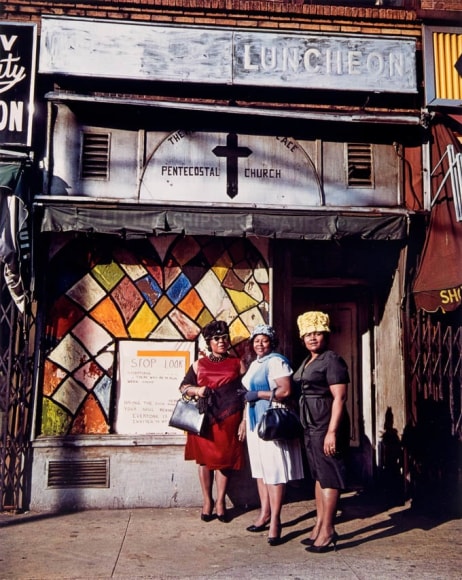
Harlem Church, New York, 1964
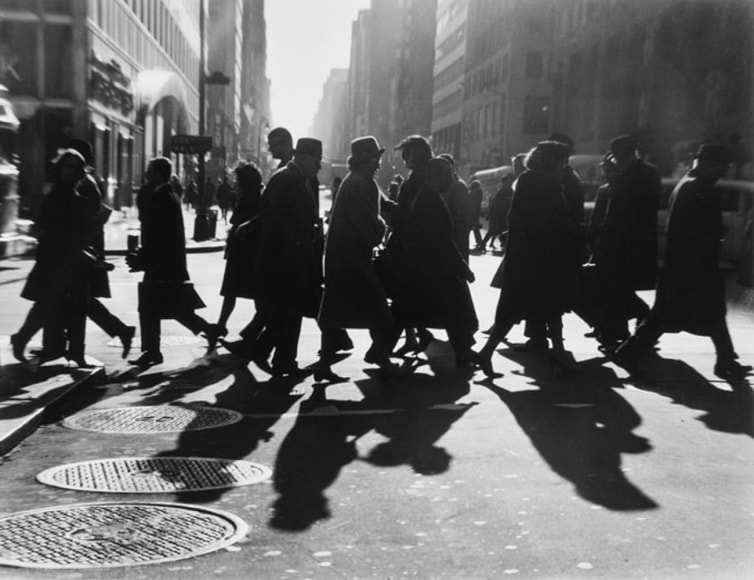
42nd Street, New York, 1964

The Quays, Dublin, 1966
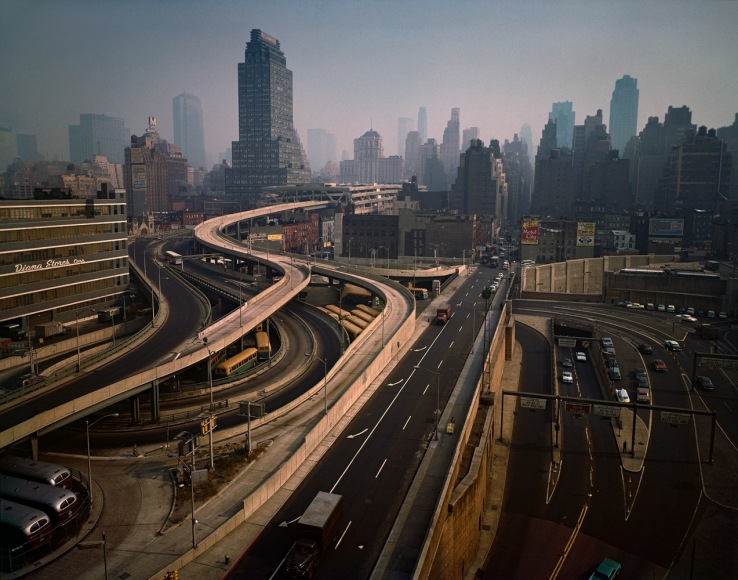
Arteries, New York, 1964

Santo Domingo, New York, 1964
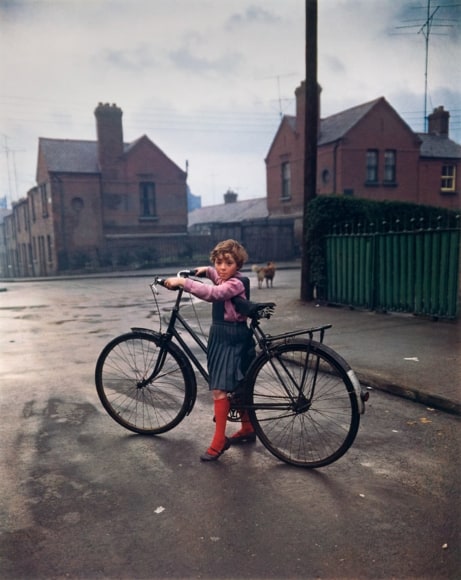
Girl with Bicycle, Dublin, 1966
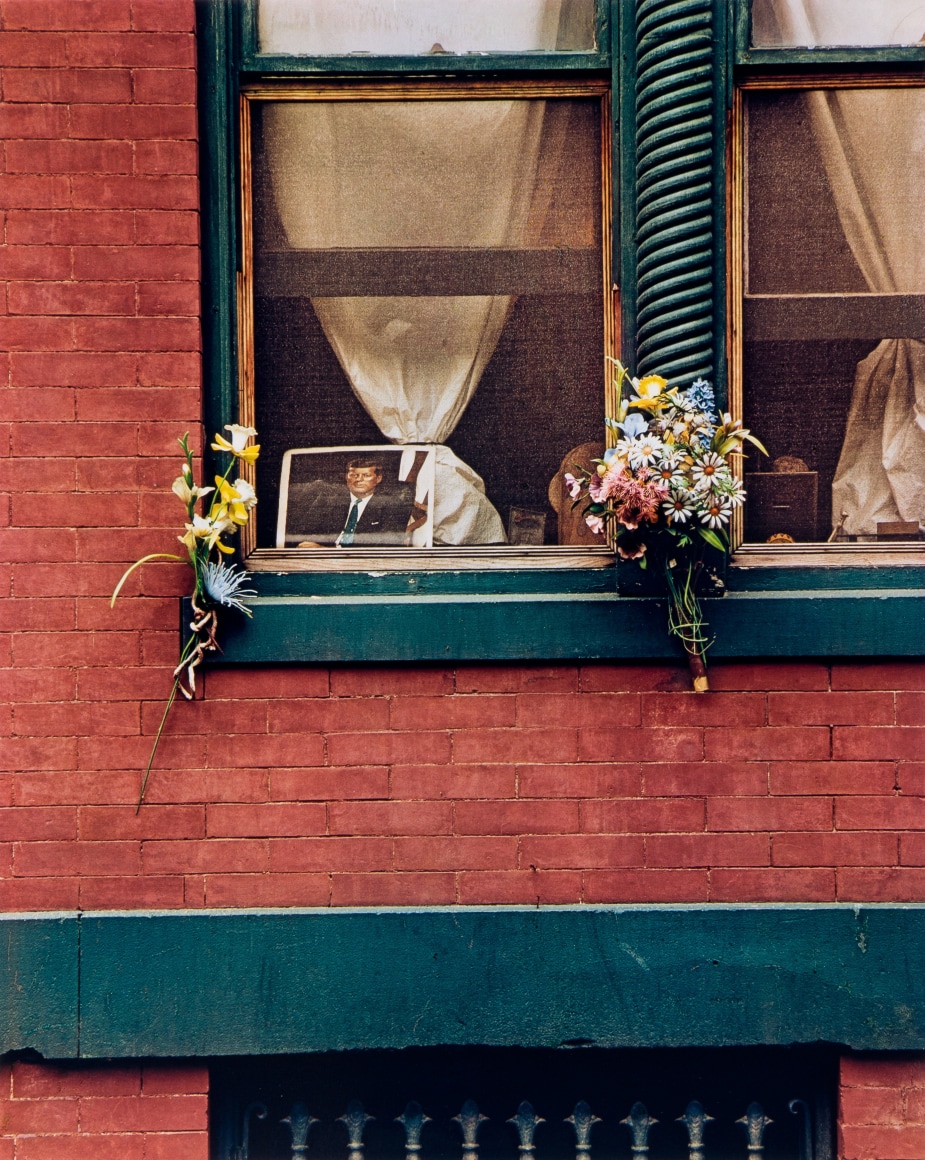
8th Street, Washington, 1965
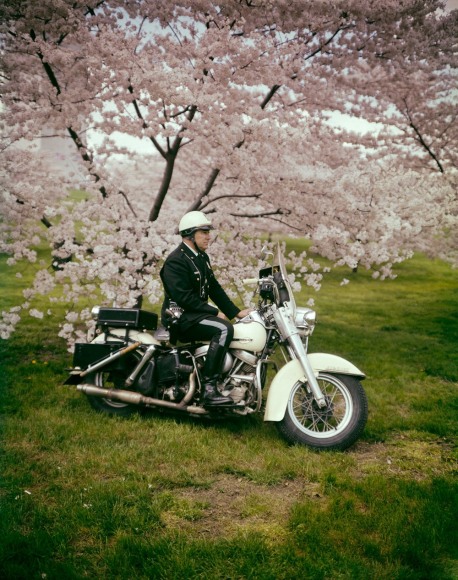
Springtime, Washington, 1965
Evelyn Hofer
Evelyn Hofer was born in Germany in 1922 and died in Mexico City in
2009, leaving a legacy as “the most famous unknown photographer in
America.” She was dubbed this title based on her work referencing
the traditional style of August Sander, a famous portrait
photographer, and William Eggleston, the pioneer of color film
photography. One of the reasons her work is so successful is that
she studied the practices of technical imagery and the chemicals
used in these processes. She was one of the first photographers to
adopt color film and dye transfer as a regular printing practice.
Another reason her work is so successful is her technique of slowing
the world down and having patience with it. She would photograph her
subjects in their environment but took time to examine the
conditions of the surrounding environment so the final image was
precisely as she wished.
I don’t like to spy on people. I want them to know I’m taking their
picture and want them to collaborate with me. If they felt I was
trying to get something out of them which they wouldn’t like, it would
be impossible. So I respect them and I want them to respect what we
are doing together.
—Evelyn Hofer
Throughout Hofer’s career, she adopted two photography styles, both
somewhat famous today. Her portrait photography is renowned for the images
themselves and her methods in creating them. Hofer used a medium-format
camera, which is best used on a tripod. Her portraits take on the idea of
“street photography,” but there is nothing spontaneous about her images.
She would plan her pictures to capture her subjects’ authentic selves
through gestures and characteristics. Her other famous body of work was
her architecture photography. Writer Mary McCarthy commissioned Hofer to
provide imagery for Florence, Italy’s historical and cultural literature.
Her architectural imagery is thought to resemble Renaissance paintings due
to her precise control over the perspectives of the buildings she is
photographing.

Haughwout Building, New York, 1965

Blackfriars Station, London, 1962

Broadway at Times Square, 1964

Chauffers, Washington, DC, 1965

Badia di Fiesole, Florence, 1958

Waitress, Garrick Club, London, 1962
The first time I learned about Evelyn Hofer was an exhibit at the High
Museum in Atlanta, GA. Her images enraptured me. As I read more about her
throughout the exhibit, I grew to have a tremendous amount of respect for
her. The exhibit showed examples of her notes that she would take
throughout her visitations to a singular place. To take one image, she
would go to the same place throughout a week or more to know exactly what
time of day and weather she wanted for a single image. I have learned from
her the art of taking notes while taking photographs. Even recently, I
used this method to help me take a photo, thinking about when I should
revisit a location to take a picture just how I envisioned.














